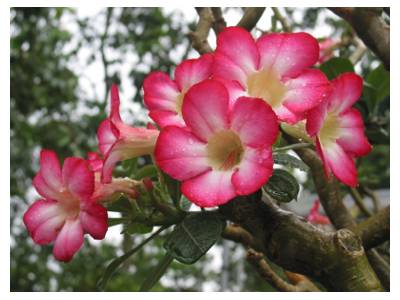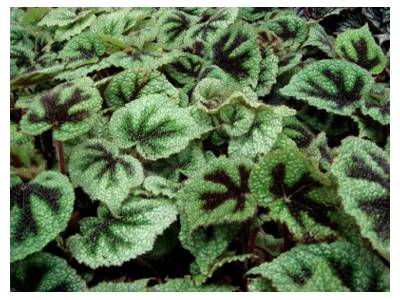Let There Be Light!
If you live in one of Singapore’s many high-rise apartments, your gardening space is probably limited to your balcony (if you have one), or the common corridor area outside your front door. Experience has shown that these environments can still be conducive to cultivating healthy plants – as long as your plants receive the correct intensity and duration of sunlight exposure.
One of the first lessons for an amateur gardener is that all plants require sunlight to grow and to photosynthesise, the process by which they make food. Furthermore, many flowering plants will only bloom if they receive sufficient sunshine.
Each plant species requires a different intensity of light, referring to the brightness of the available sunlight. To find out if your location has direct or filtered light, just place a sheet of white paper 30 cm below your outstretched hand. Direct sunlight casts a dark and defined shadow, while filtered sunshine casts a fuzzier shadow.

Plants which need direct sunshine to grow include flowering shrubs, fruit trees, vegetable and herbs, some orchids, cacti and succulents. For instance, this desert rose (Adenium obesum) needs six hours of direct sunshine daily.

Mint and other culinary herbs such as basil, rosemary, sage and thyme also require direct sunshine to thrive.
Meanwhile, foliage plants, like the begonia (below), usually only require filtered sunshine to thrive.

Other foliage plants include selected members from the yam family (Araceae) such as the familiar money plant, as well as ferns and fern allies. The Selaginella cultivar shown below is one such plant that prefers a shady, moist location.


Next, think about the direction which your growing area faces. East-facing and west-facing areas will reliably receive direct sunlight throughout the year. As the sun rises in the east, east-facing areas receive sunlight that gradually intensifies till noon, but will be completely shaded after mid-day. Plants in growing areas that face west will receive intense afternoon sunshine, which subsides as sunset approaches.
If your growing area faces neither east or west, your plants’ availability of sunshine will vary greatly from the seasonal variations in the sun's path, which changes through the course of a year.
Most plants require a minimum of four hours’ exposure to sunlight. If you have a plant displayed deep within the home, consider rotating it to a brighter location every two weeks to keep it healthy. You can also consider using artificial lighting to supplement the natural light, though it can be expensive to install and sustain.
You may be able to avert the untimely death of your plants just by understanding the amount of light it needs. This knowledge can also come in useful when choosing plants that will thrive in your growing area, bringing you greater gardening successes. You can even save money that might have otherwise been spent on unsuitable plants!
By Wilson Wong
Have views or comments on this article? Let us know via this form. If you would like to give us feedback on any other areas relating to our parks and gardens, please submit via https://www.nparks.gov.sg/feedback




Li-San 7/17/2014 10:47:37 AM